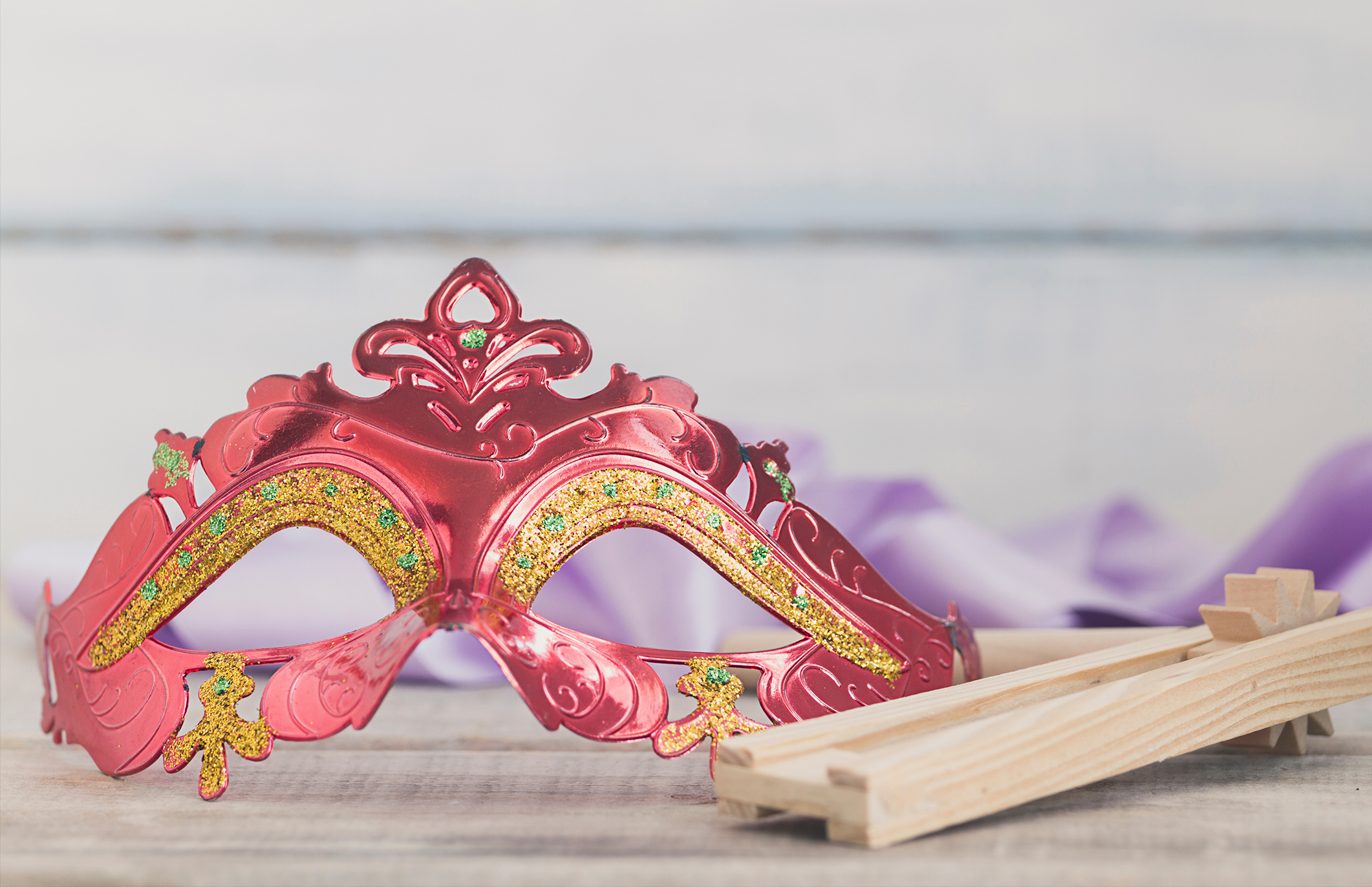In celebration of Purim, we are delighted to present Part 2 of our interview with master educator Leah Feinberg, who taught Megillat Esther in the first cycle of the OU Women’s Initiative Torat Imecha Nach Yomi. Here, Mrs. Feinberg continues to explore Esther’s appreciation and respect for her lineage, and the Purim story’s relevance to Am Yisrael in the aftermath of October 7th. Click here to read Part 1 on Taanit Esther
When does the Purim story take place?
Mrs. Feinberg: While the precise year in which the story took place is difficult to pinpoint, we know that it was towards the end of the seventy-year Babylonian exile, after the destruction of the first Temple and before the building of the second. According to Chazal, the building of the Second Temple had already begun, but was then stopped by royal decree after the enemies of Israel wrote letters to the Persian king claiming that the Jews were plotting a rebellion against him. That’s what brought Mordechai, who had returned to Eretz Yisrael with Zerubavel at the earliest opportunity, back to Persia, where he hoped to lobby for permission to build the Temple to be restored.
Why is Megillat Esther included among the Kitvei Hakodesh — after all, Hashem’s name is entirely absent?
Mrs. Feinberg: Like all the books chosen for inclusion in Ketuvim, Chazal determined that it was written b’Ruach HaKodesh, with divine inspiration, and that it contains timeless messages that would be relevant for future generations.
Perek Hei, Pasuk Aleph of the Megillah says, “And Esther wore royalty”. Could you explain this phrase?
Mrs. Feinberg: The difficulty in translating this text is, how does one wear royalty? The simplest resolution is to assume that the word “בגדי” is implied between Esther and Malchut — and Esther wore royal garments. However, the omission of the word hints at something deeper: in her bearing, Esther wore royalty. She carried herself with the dignity and honor of her father’s family, the family of Shaul HaMelech, the founder of kingship in Israel, and with this royal bearing approached King Achashveirosh.
Esther is no longer the shy, submissive young maiden who followed Mordechai’s bidding. She is an intelligent, dignified and beguiling woman in her own right, referred to here as Esther HaMalkah, Queen Esther, for the very first time. She has embraced her role as queen, consequent to Mordechai’s hint that this was her destiny in order to save the Jewish people. The midrash further explains that Malchut here is another word for Ruach HaKodesh –- Esther was enrobed by the Divine Spirit, which accompanied her on her mission to save the Jewish people. Malchut, like Ruach HaKodesh, is a conduit that serves to connect the kingdom of Hashem in heaven with the Jewish people here on earth.
In light of Am Yisrael’s current trials, what are some relevant messages of the Purim story?
Mrs. Feinberg: There are so many relevant messages. I find the Megillah speaks to us on so many levels. Yet the first thing that comes to mind when we consider relevant messages of the story today is Haman’s accusation, when he describes Am Yisrael to Achashveirosh as “Mefuzar U’Meforad Bein Ha’Amim” — as fractured, splintered, and dispersed.
Chazal say that that was brought as an accusation up in shamayim against the Jewish people — that there was disunity among them and that’s why they were deserving of punishment. Esther’s response to that was “Lech, Knos et Hayehudim — Gather the Jews together.” When we gather together L’shem shamayim, that’s when the yeshua is put in motion. That really resonates so profoundly today; the months prior to the war were a time of so much disunity. But the minute we faced an enemy, our gathering together was unanimous and spontaneous. Hopefully, that will lead to a great yeshua.
Another highly relevant idea is that we’re living during a period of Hester Panim. As in the time of Esther, there is concealment within concealment — we are in exile, and are living under a terrible threat. We may wonder, where is Hashem? Megillat Esther marks the beginning of miracles that are behind the scenes, and this is the paradigm for us throughout history — for how to function in Galut, at a time of Hester Panim, when we don’t see Hashem’s presence openly. Megillat Esther is an unusual book because Hashem’s name is not mentioned. The message that Hashem is still there even if we don’t see His presence openly is extremely relevant today and reassures us that Hashem is ever-present, listening to our prayers and taking note of all the chessed that is being performed on a daily basis. May we merit a complete salvation, with the swift return of all our hostages and the realization of all our hopes and prayers for the rebuilding of the Beit HaMikdash and peace and security for all of Israel.
The words of this author reflect his/her own opinions and do not necessarily represent
Leah Feinberg is a master educator, who taught at Stella K. Abraham High School for Girls in Hewlett for 21 years, also serving as Tanach Department Chairperson and New Teacher Mentor. She was a popular maggedet shiur in the Woodmere community, where she taught a weekly Navi shiur for women. Since making Aliyah in 2017, Leah has taught at Michlalah and the Emek Learning Center. She is a frequent lecturer at Kehillat HaElah in Ramat Beit Shemesh and at the OU Israel Center, where she is currently teaching a series on Clothing in Tanach. Leah taught Megillat Esther in the first cycle of the Women’s Initiative Torat Imecha Nach Yomi, Sefer Shmuel Bet in the second cycle, and is teaching Sefer Shmuel Aleph in the current cycle. To register for the third Nach Yomi cycle, visit www.ouwomen.org/nach.

